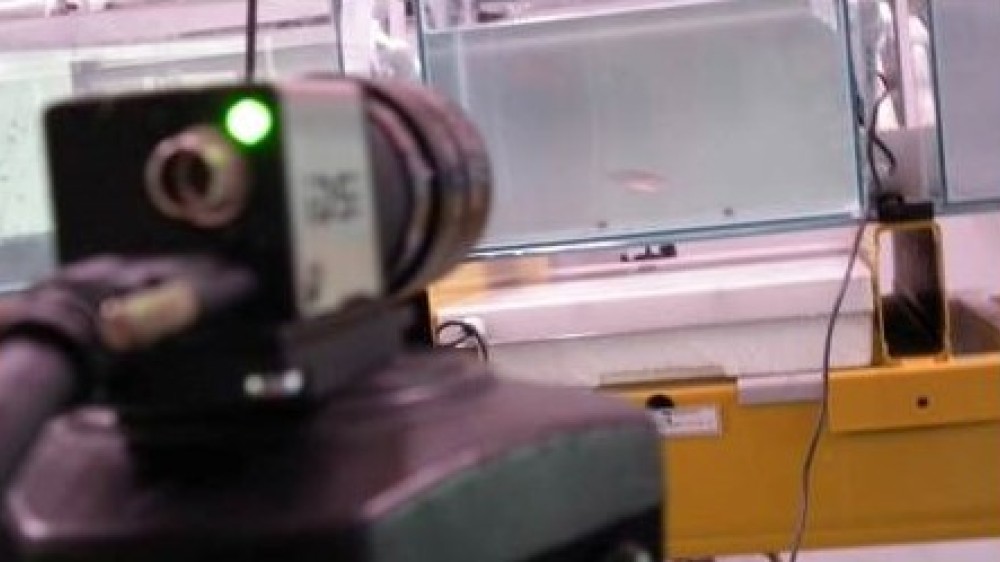10 years of CRACK IT webinar: A physiological-competent and predictive human 3D retinal cell model.

10 years of CRACK IT webinar: A physiological-competent and predictive human 3D retinal cell model.

Resources on rat tickling and how it can be used to promote positive human-animal interactions.
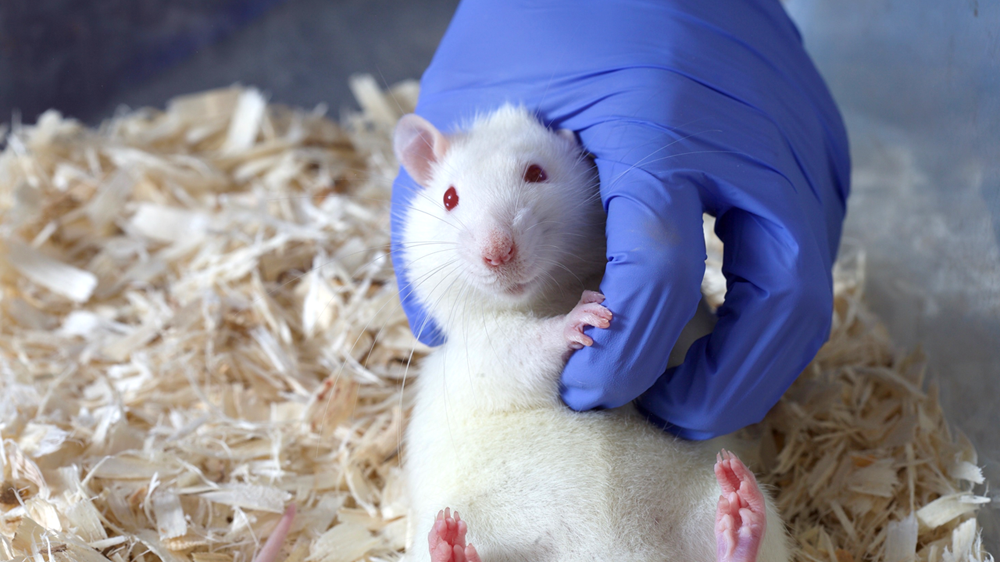
Approaches for sampling blood in the hamster, covering non-surgical, surgical and terminal techniques.
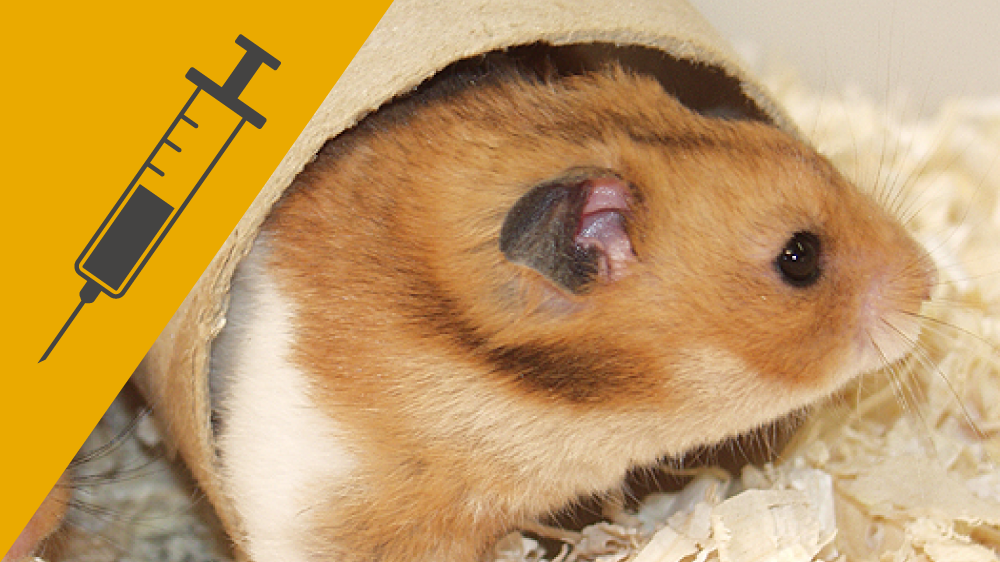
Approaches for sampling blood in the rabbit, covering non-surgical and terminal techniques.
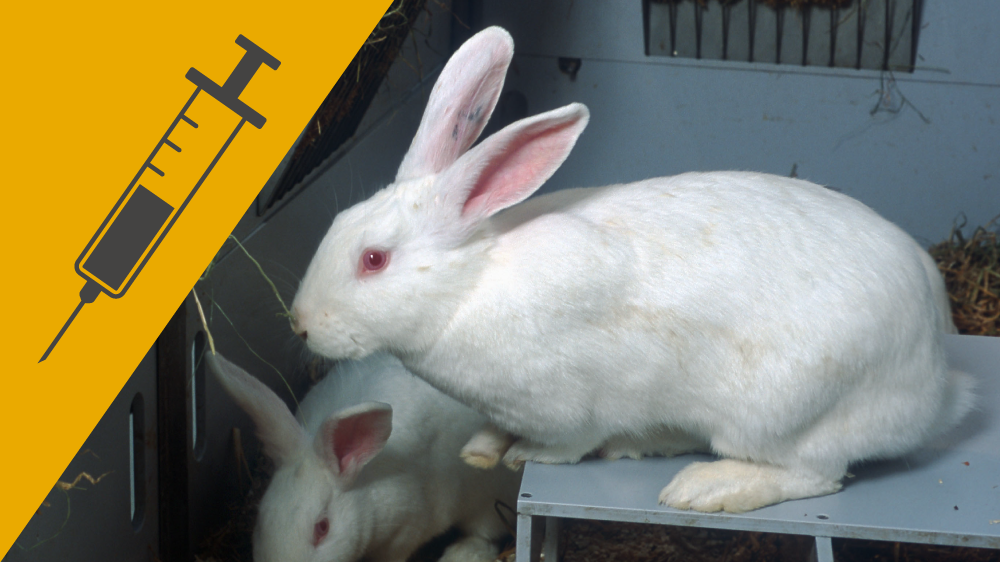
Non-surgical approaches for sampling blood in the dog.
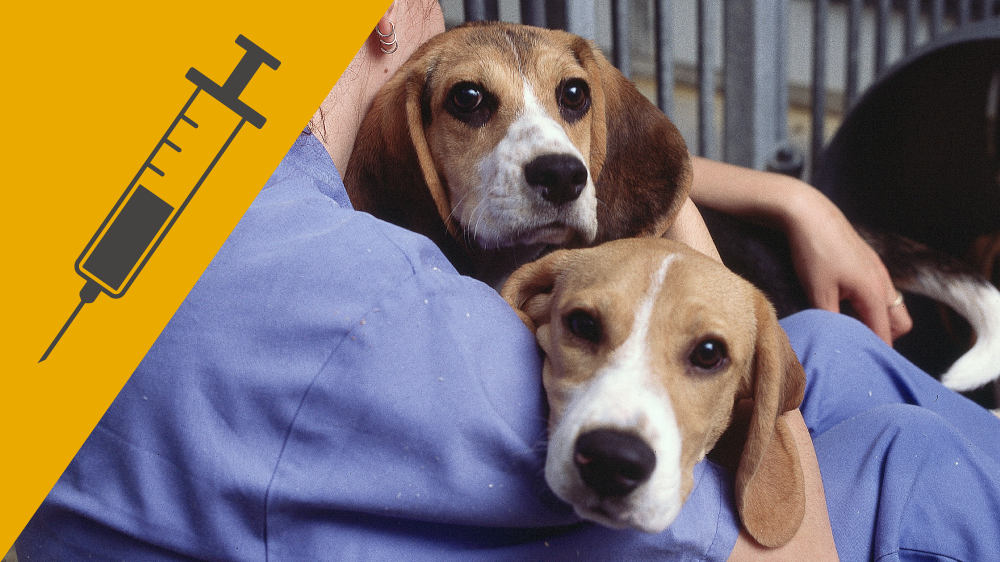
An online course created allowing you to become certified in the correct rat tickling technique.
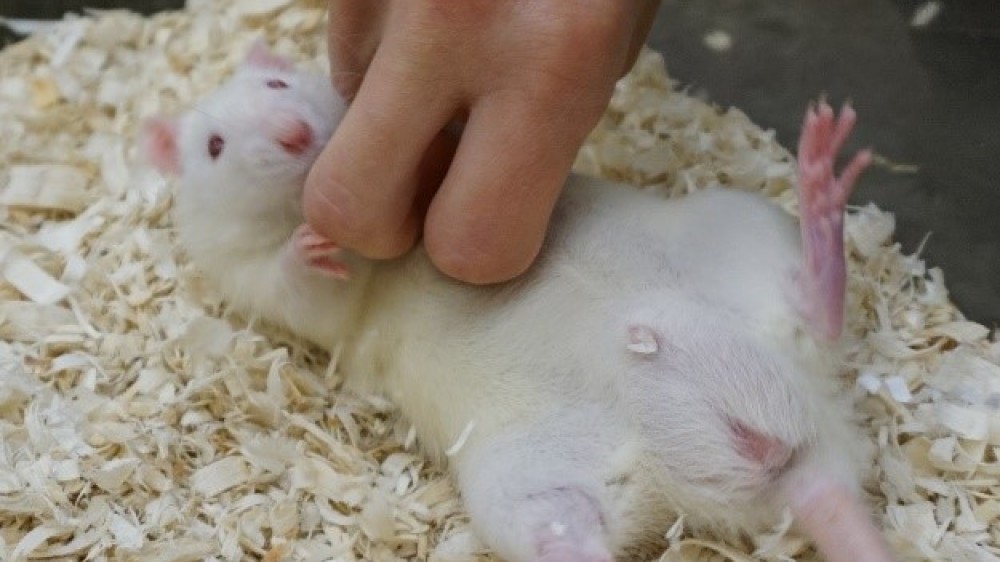
Approaches for sampling blood in the guinea pig, covering non-surgical, surgical and terminal techniques.
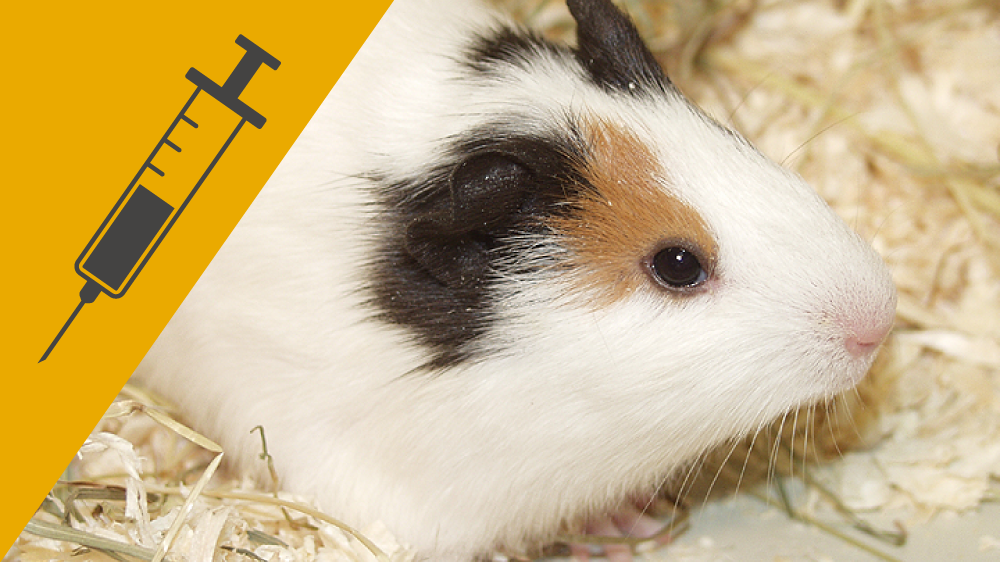
Approaches for sampling blood in the pig, covering non-surgical and surgical techniques.
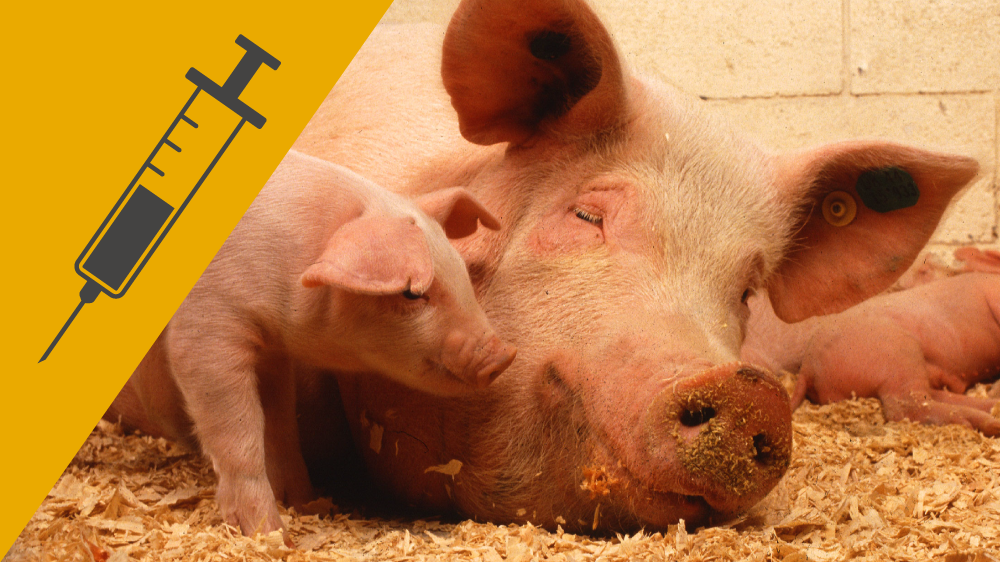
Approaches for sampling blood in the marmoset, covering non-surgical and terminal techniques.
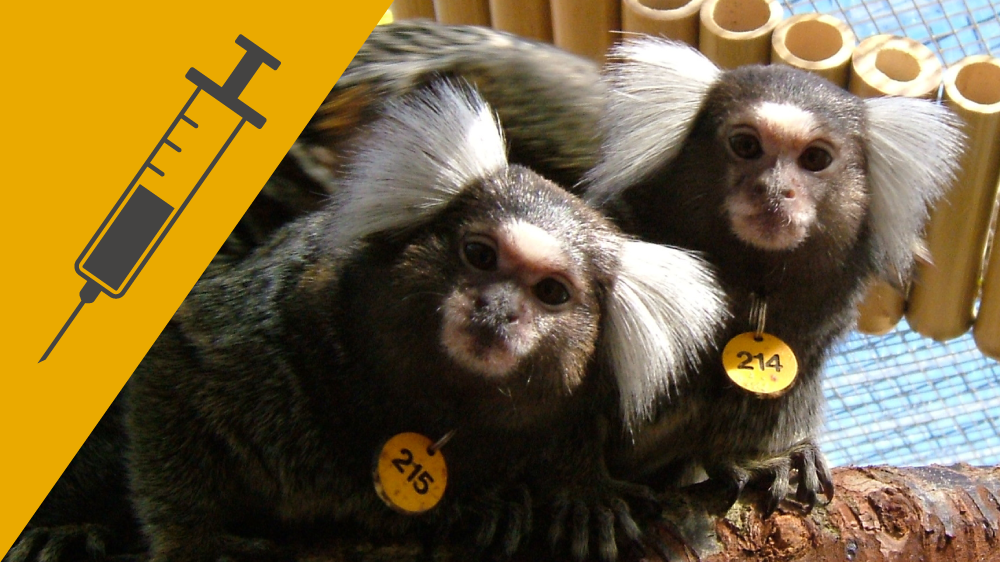
Information to help refine the housing and husbandry of the laboratory ferret.
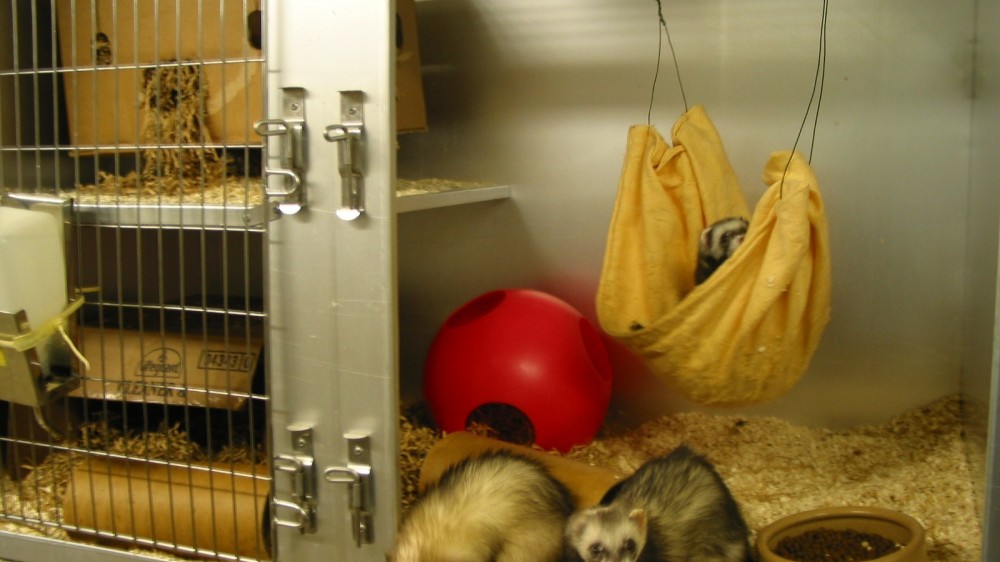
Principles to help minimise stress and discomfort in laboratory animals when taking blood samples.
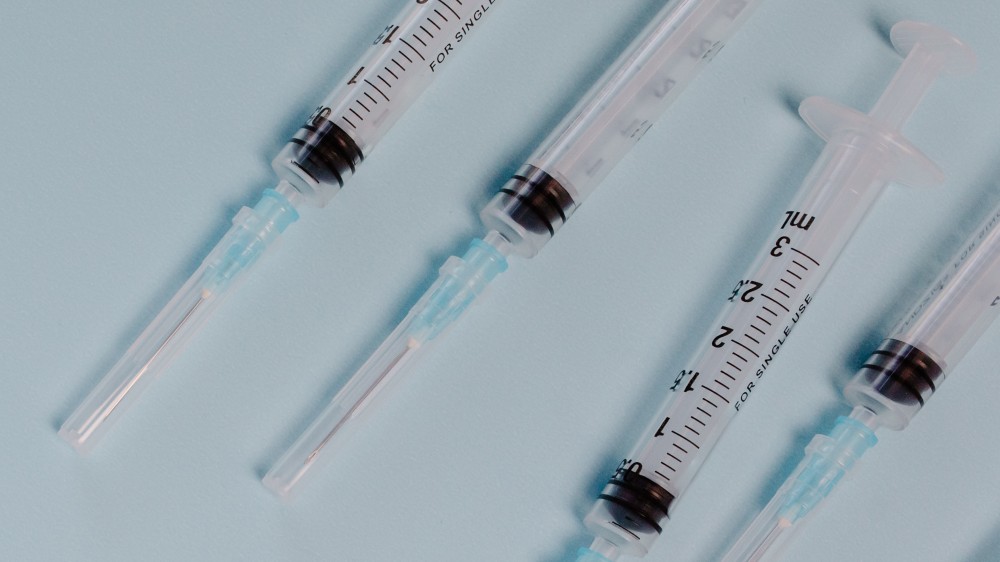
An online resource to help you perform systematic reviews and meta-analyses.
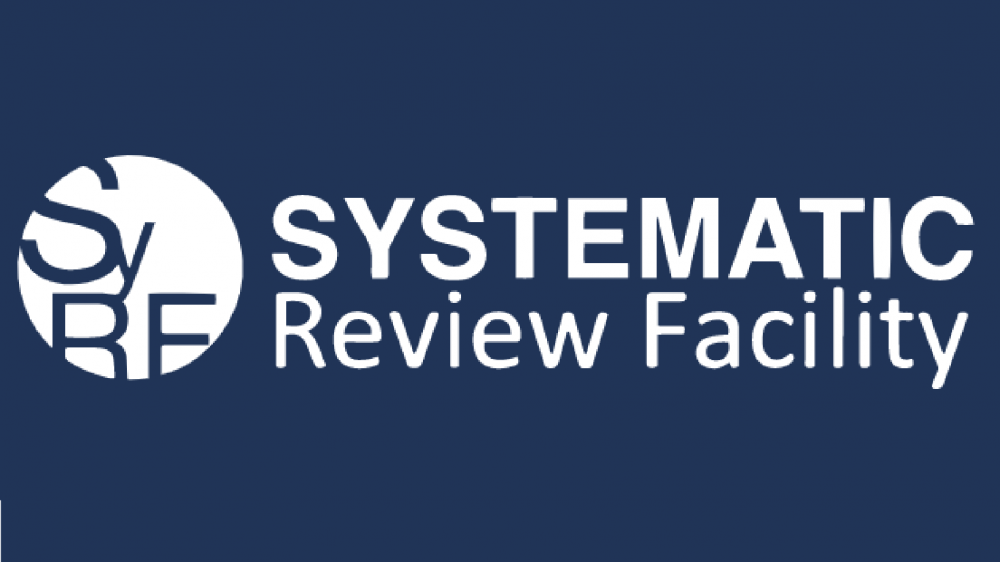
Paper clarifies that the forced swim test is not a regulatory requirement for the development of new antidepressants (NC3Rs & MHRA project).
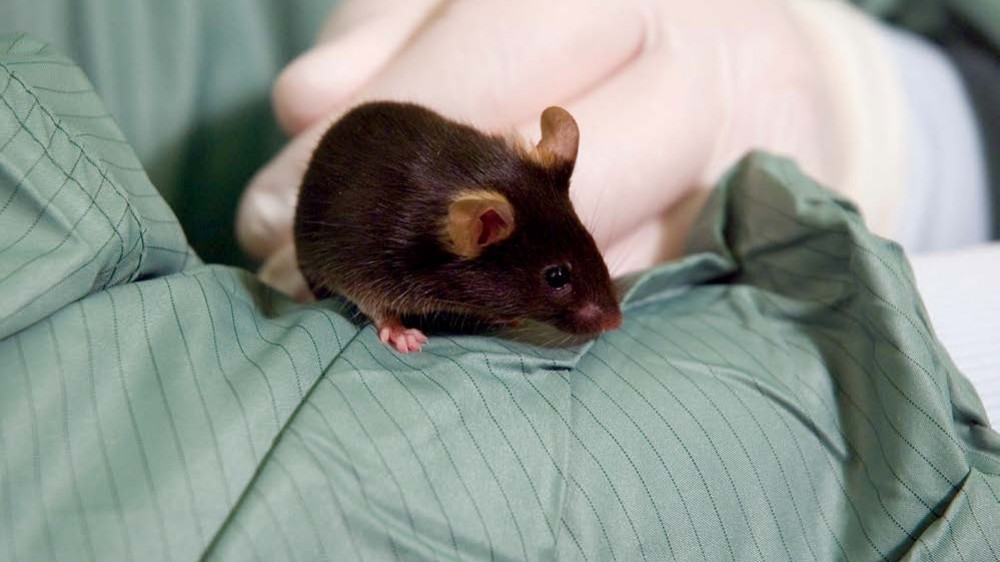
Information to help refine the housing and husbandry of the laboratory gerbil.
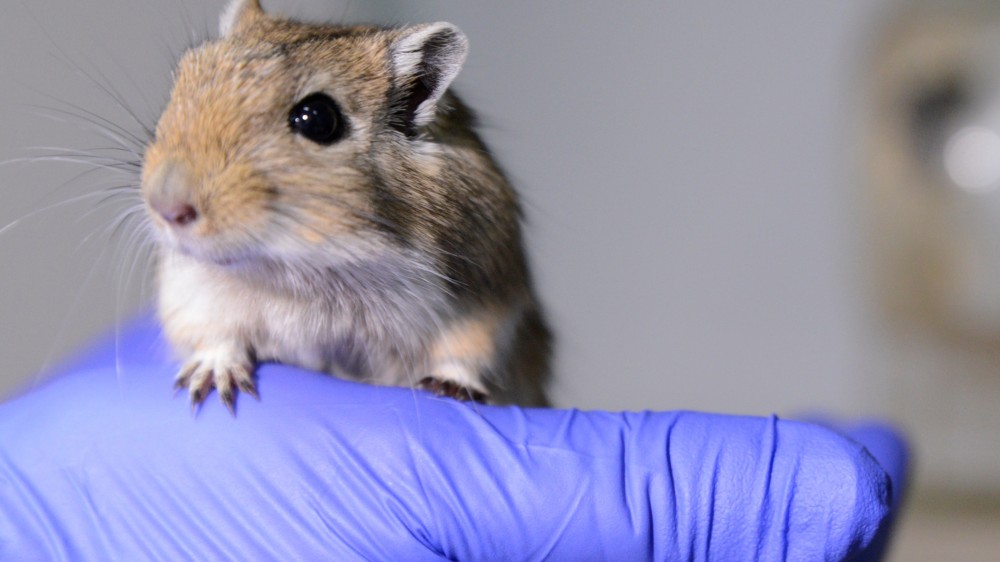
Links to mouse databases and resources to support good colony management.
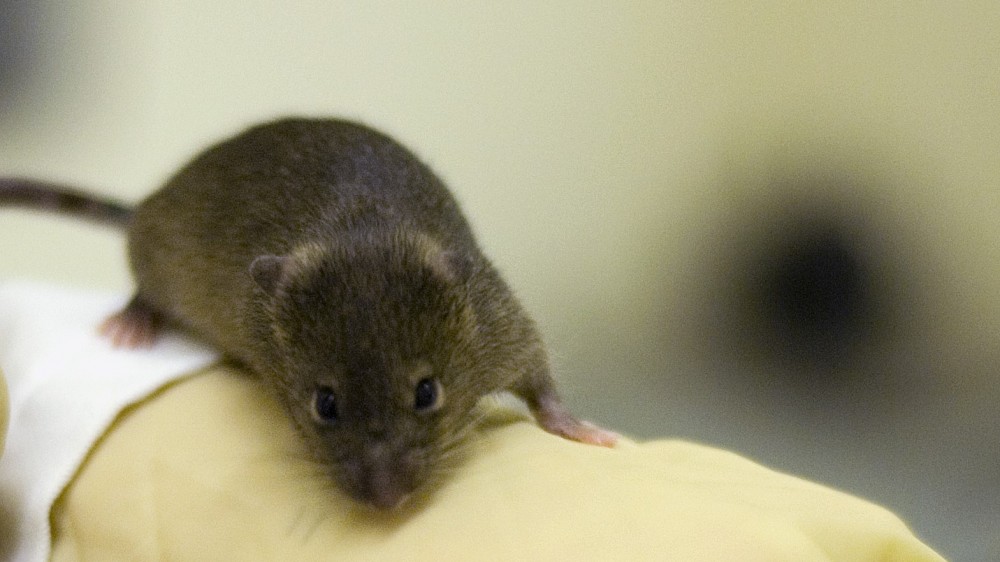
Resources and case studies about the technologies available to replace animal-derived antibodies.
Resources and information about animal-free cell culture media reagents for 3Rs benefits and improved reproducibility.
Resources to support the use of animal-free enzyme technologies and cells.
10 years of CRACK IT webinar: A human stem cell-based in vitro system to assess cardiotoxicity in new drugs.
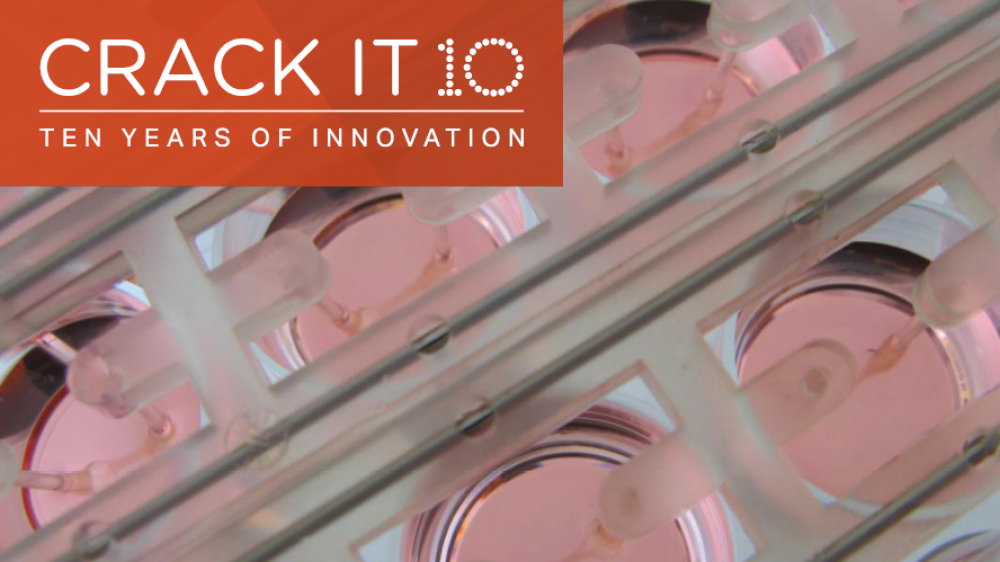
10 years of CRACK IT webinar: The NephroScreen human kidney-on-a-chip platform, which could replace in vivo nephrotoxicity studies in drug development
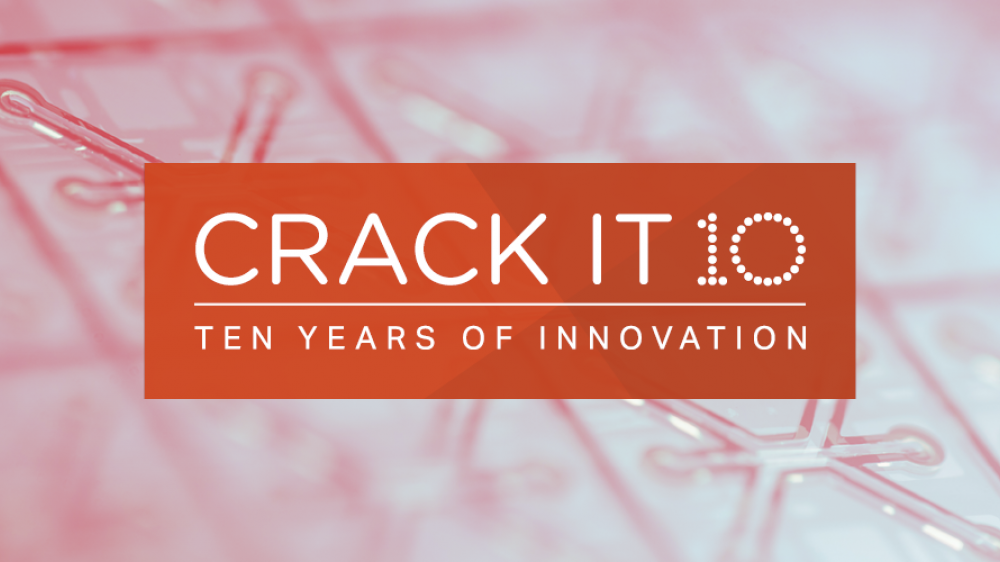
The winning paper has developed organoids to replace mice in many areas of neurological research, with non-animal-derived hydrogels highly commended.

An introduction to assessing the welfare impact of new enrichment.
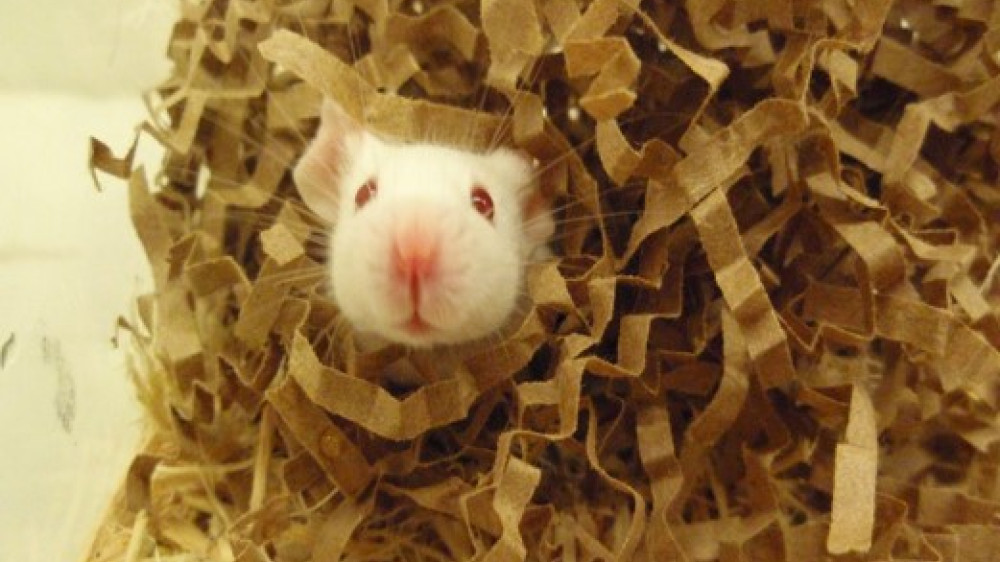
The importance of choosing the appropriate type of enrichment, including examples for rodents and zebrafish.
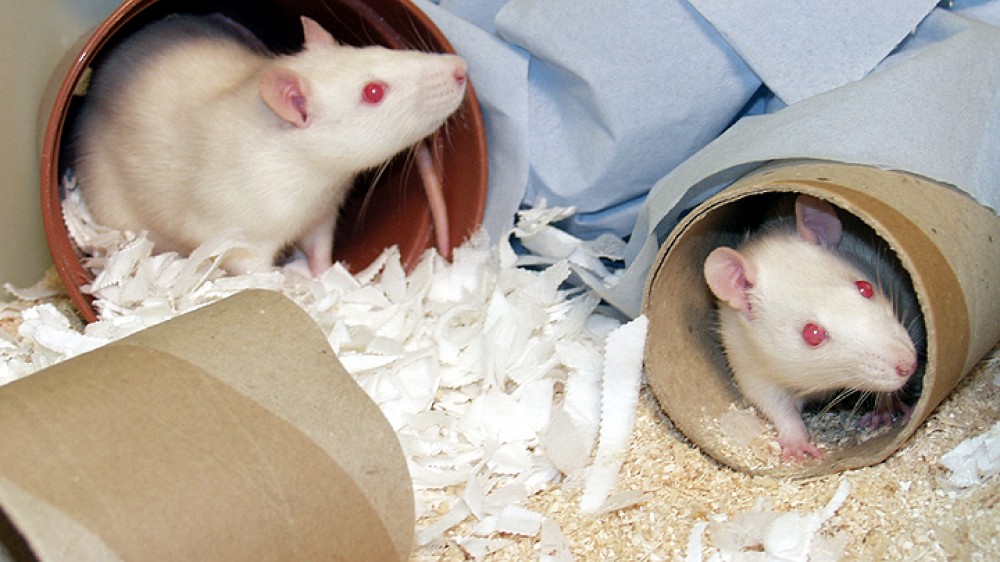
Questions to consider before you begin a study.
